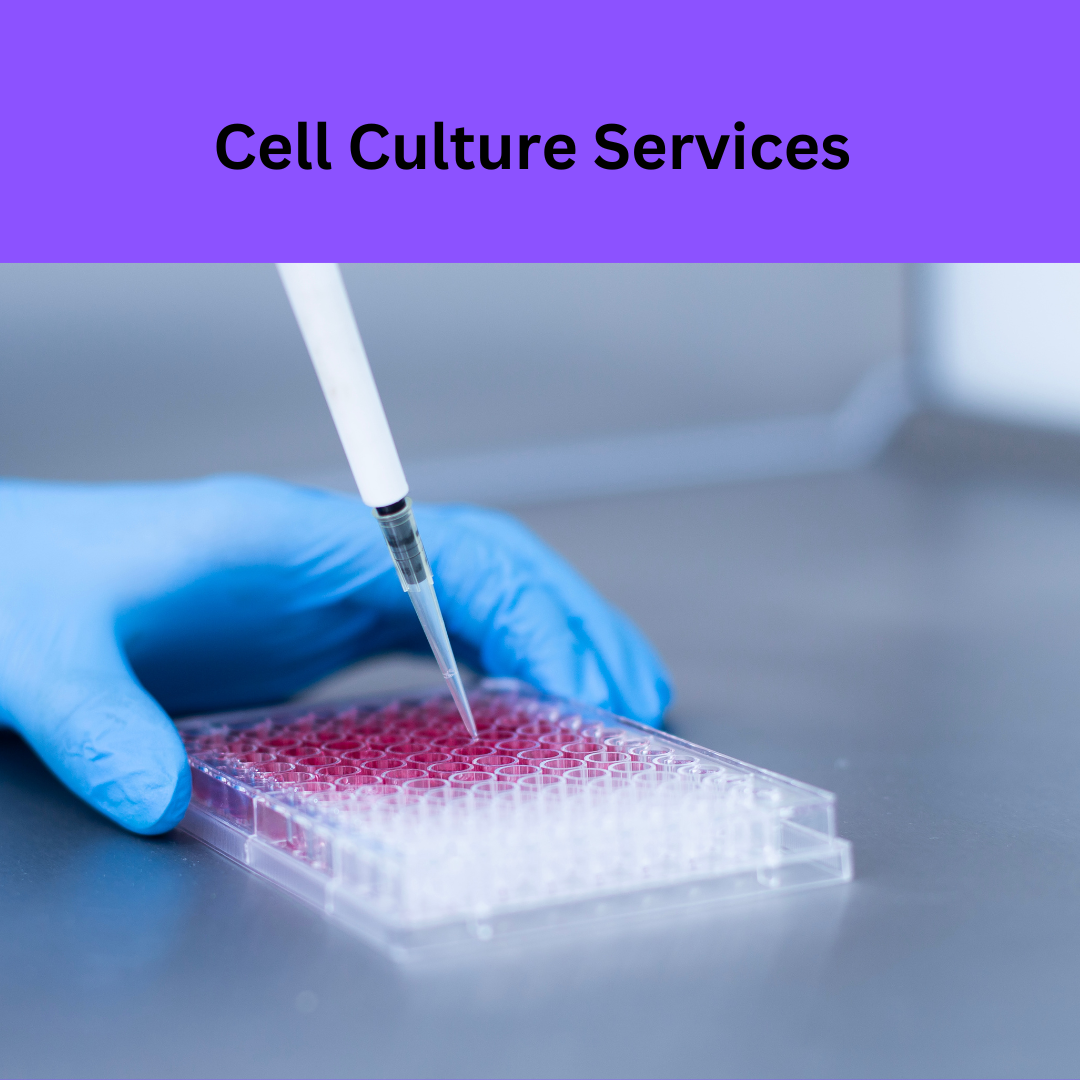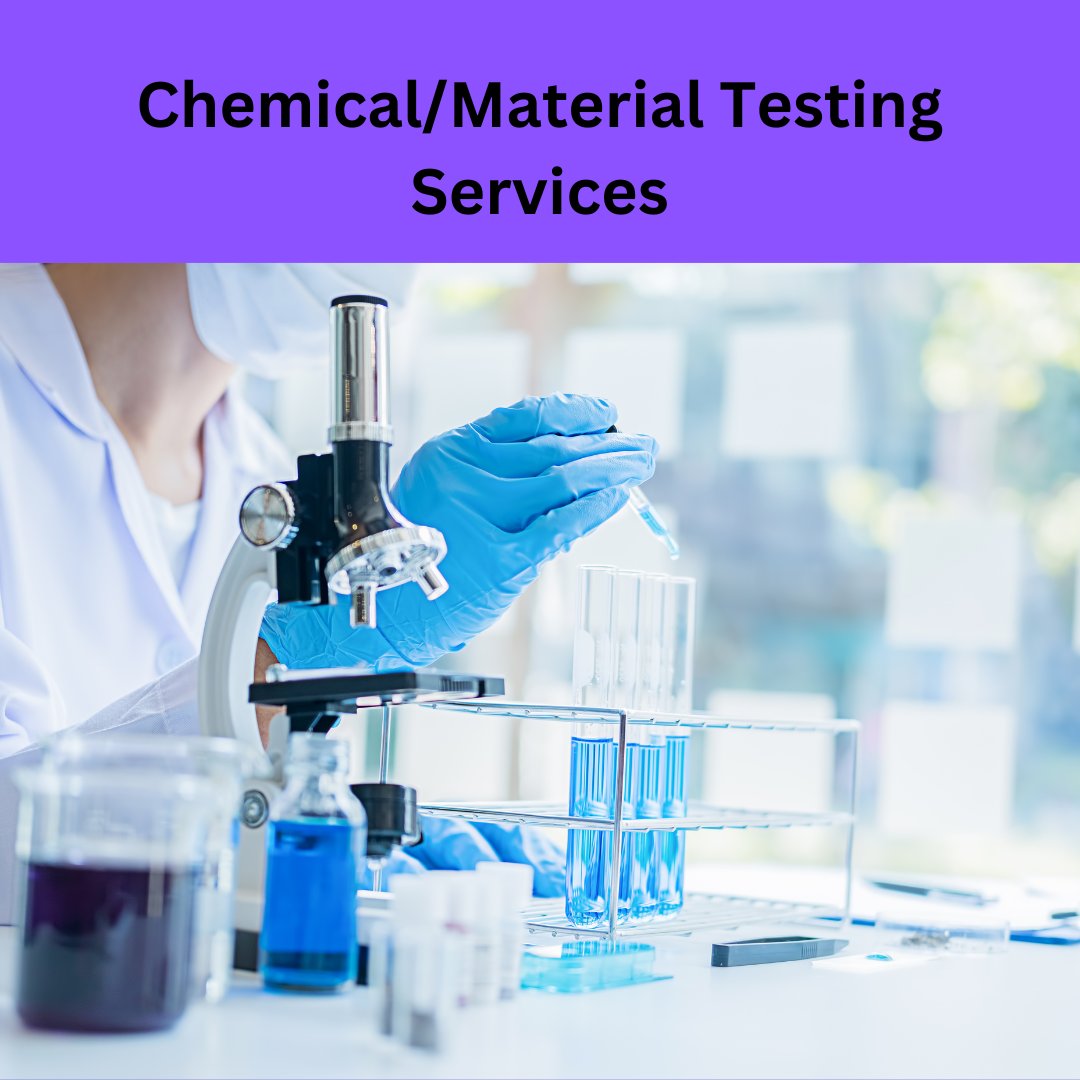R & D
The technical and professional expertise of the Scire Science team could contribute to societal and industrial requirements through the aim of minimizing carbon footprints by harnessing the potential of microalgae and developing devices of high energy efficiency. The facility of Scire Science in KRIBS -Bionest Kalamassery, Kochi is a well-equipped laboratory that brings out remarkable research outputs with the leverage of scientists and experts from various academic fields.
New product development and commercialization always require toxicity analysis to ensure safety and efficiency. Emerging organotypic in vitro models aim to reduce and replace animal testing, with 3D tissue providing innovative preclinical test systems. We anticipate that 3D cultures will play a crucial role in achieving the 3R agenda (refinement, reduction, and replacement) in animal-based toxicity testing, facilitating toxicity assessment across various levels of complexity. At Scire Science, we aim to be a part of sustainable development by promoting the reduction of animal sacrifice, focusing on supporting R&D through 3D cell culture studies.
Address
Scire Science, KRIBS-BioNest, KINFRA HiTech Park, Kalamasserry, Kochi- 683503
Phone: +91- 484 - 297 2240
Mob: +91 92074 61932
info@scire.co.in

Scire Science assists researchers and industries with a wide range of cell culture tests, including but not limited to those listed below. We offer comprehensive R&D and testing services tailored to project requirements. Confidentiality is strictly upheld.
1. Cell Viability Assays: These tests determine the percentage of viable cells in a culture. Common assays include Trypan Blue exclusion, MTT assay, and ATP assays.
2. Cell Proliferation Assays: These assays measure the rate of cell division or proliferation in a culture. Examples include BrdU incorporation assays and Ki-67 immunostaining.
3. Cell Migration and Invasion Assays: These tests assess the ability of cells to migrate or invade through a matrix. Common assays include scratch assays, transwell migration assays, and Boyden chamber assays.
4. Cell Adhesion Assays: These assays measure the ability of cells to adhere to substrates or other cells. Examples include cell attachment assays and cell aggregation assays.
5. Cell Cycle Analysis: This test determines the distribution of cells in different phases of the cell cycle. Flow cytometry is commonly used for cell cycle analysis.
6. Apoptosis Assays: These assays detect programmed cell death in a culture. Examples include Annexin V staining, TUNEL assays, and caspase activity assays.
7. Cell Differentiation Assays: These tests evaluate the ability of cells to differentiate into specific cell types under certain conditions. Examples include immunostaining for specific markers and functional assays.
8. Cytotoxicity Assays: These assays assess the toxicity of substances on cells. Examples include LDH release assays and MTT assays.
9. Gene Expression Analysis: Techniques such as RT-PCR, qPCR, and RNA sequencing can be used to analyze gene expression levels in cultured cells.
10. Protein Expression Analysis: Techniques such as Western blotting and immunofluorescence staining can be used to analyze protein expression levels and localization in cultured cells.
The selection of tests is contingent upon the particular research inquiries and goals of the study or project.

Scire Science R&D provides an array of molecular biology testing services to bolster academic and industrial projects, including but not limited to:
1. DNA Sequencing: Determining the sequence of nucleotides in a DNA molecule, is essential for various applications such as genetic analysis, mutation detection, and genome sequencing.
2. PCR (Polymerase Chain Reaction) Assays: Amplifying specific DNA sequences for detection and quantification of target genes or pathogens. This includes qPCR (quantitative PCR) for precise quantification.
3. Cloning Services: Generating recombinant DNA molecules by inserting DNA fragments into vectors for various applications such as gene expression, protein production, and functional studies.
4. Gene Expression Analysis: Assessing the level of gene expression using techniques like RT-PCR (Reverse Transcription PCR), qPCR, microarrays, or RNA sequencing.
5. Genotyping and SNP Analysis: Identifying genetic variations, including single nucleotide polymorphisms (SNPs), insertions, deletions, and other mutations, which are crucial for understanding genetic traits, diseases, and population studies.
6. Gene Editing Services: Utilizing CRISPR/Cas9, TALENs, or other genome editing tools to introduce specific modifications into genes for functional studies, disease modeling, or therapeutic applications.
7. Next-Generation Sequencing (NGS): High-throughput sequencing methods for analyzing entire genomes, transcriptomes, epigenomes, or metagenomes, enabling comprehensive genomic and transcriptomic profiling.
8. RNA Interference (RNAi) Screening: Conducting large-scale screens to identify genes involved in specific biological processes or disease pathways using RNAi libraries.
9. Protein Expression and Analysis: Generating recombinant proteins using various expression systems (e.g., bacterial, yeast, mammalian) and performing protein purification, characterization, and functional assays.
10. Molecular Diagnostics: Developing and validating assays for detecting pathogens, genetic disorders, cancer biomarkers, or other disease-related markers in clinical samples.
11. Bioinformatics Analysis: Providing data analysis and interpretation services for molecular biology experiments, including sequence alignment, variant calling, pathway analysis, and functional annotation.

We provide a spectrum of chemical and material testing services to bolster research and development across various industries.
1. Chemical Analysis: Utilizing techniques like chromatography (e.g., HPLC, GC), spectroscopy (e.g., UV-Vis, FTIR, NMR), mass spectrometry, and elemental analysis for precise identification and quantification of chemical compounds in samples.
2. Material Characterization: Employing methodologies such as microscopy (e.g., SEM, TEM), thermal analysis (e.g., DSC, TGA), rheology, and surface analysis (e.g., XPS, AFM) to evaluate the physical and chemical properties of materials, including polymers, biomaterials, nanoparticles, and composites.
3. Heavy Metal Testing: Assessing the presence of heavy metals in various samples.
5. Toxicity Testing: Evaluating the toxicological properties of chemicals and materials to ascertain potential health hazards and risks to both human health and the environment.
6. Environmental Analysis: Conducting monitoring and analysis of environmental samples (e.g., water, soil, air) to identify pollutants, contaminants, and hazardous substances.
8. Surface Modification and Coating Analysis: Characterizing surface properties, coatings, and surface treatments of materials to determine adhesion, durability, corrosion resistance, and biocompatibility.
We offer tailored testing solutions to meet specific client requirements, address challenges, and enhance processes.
